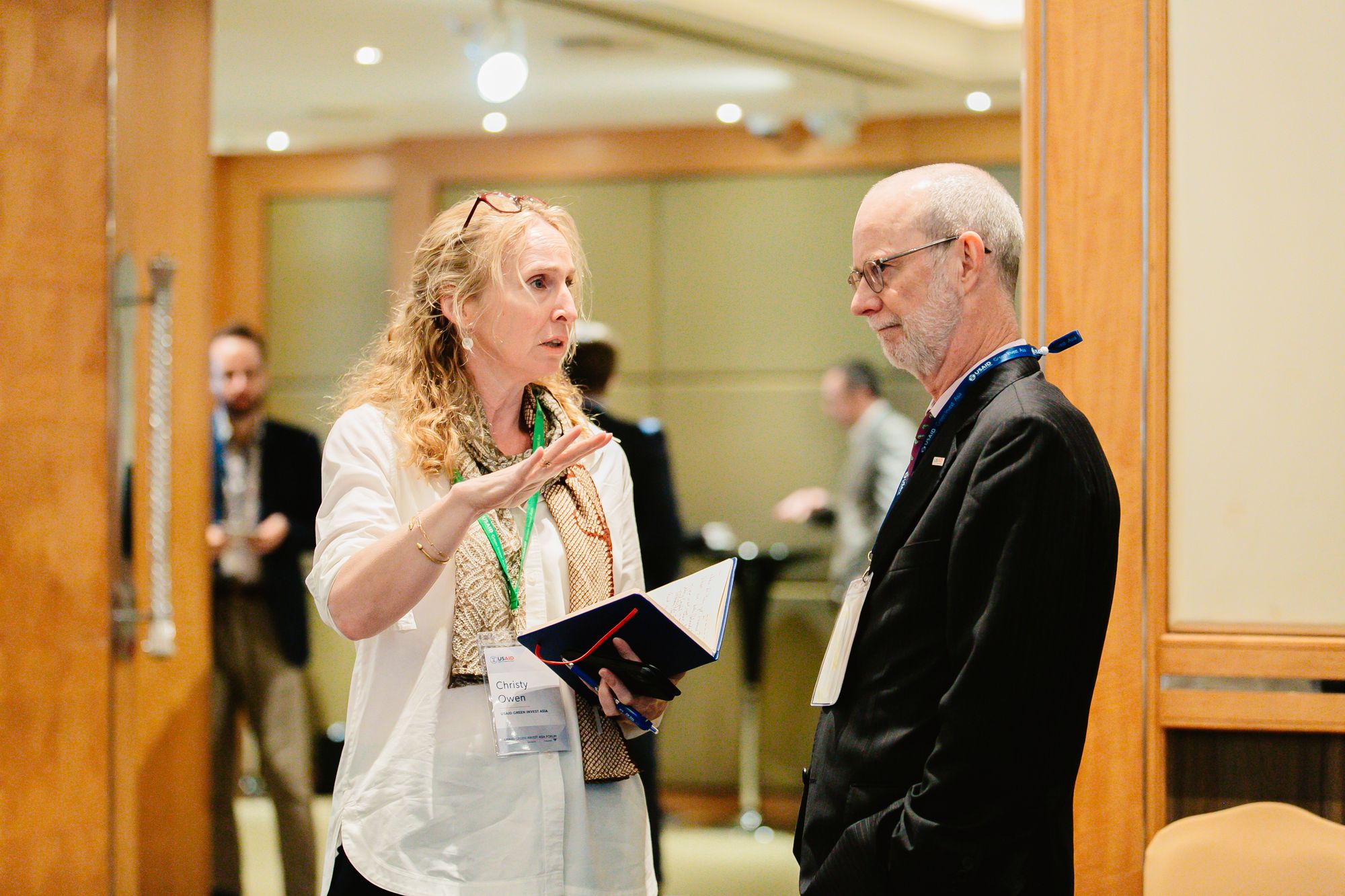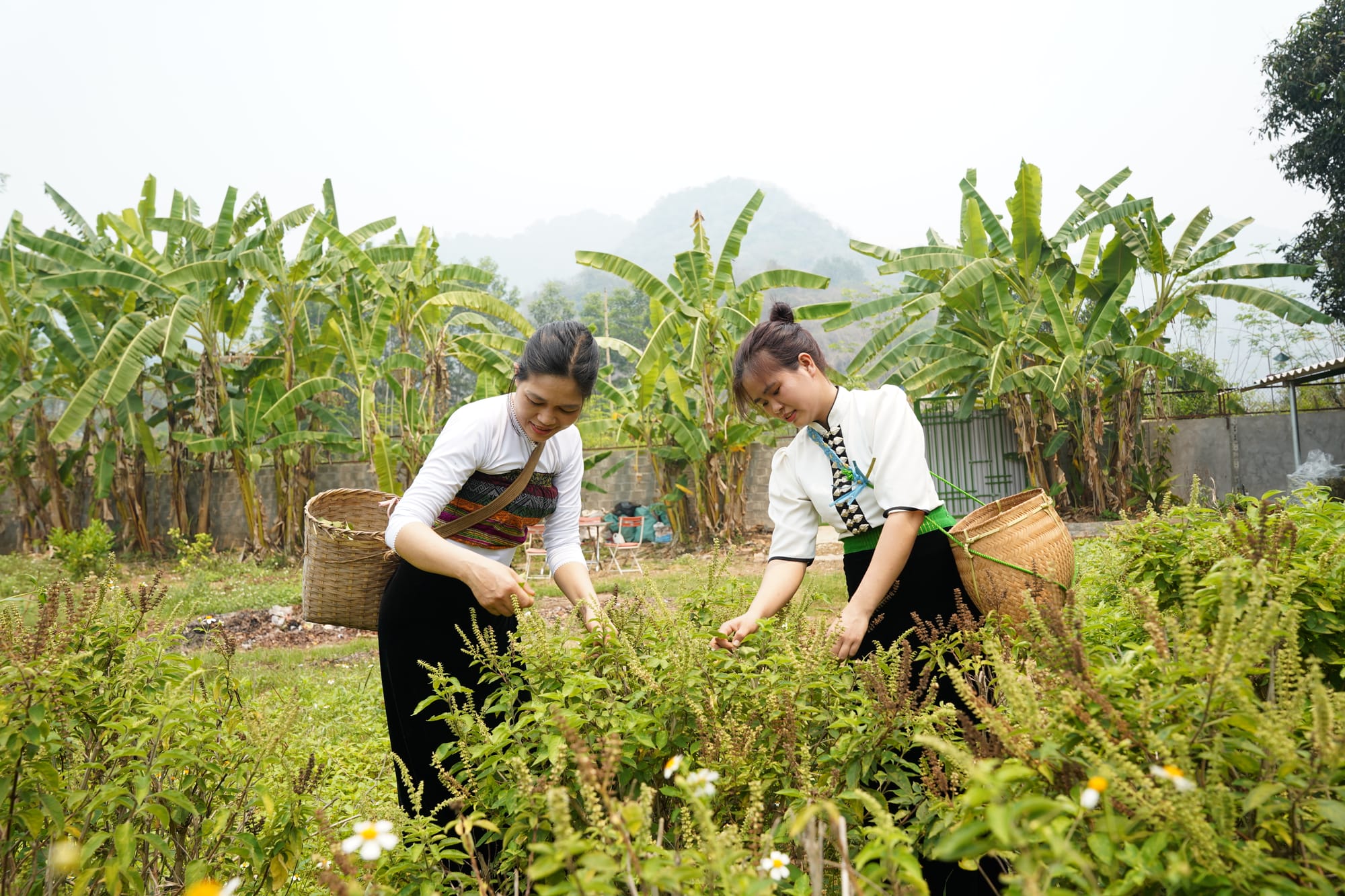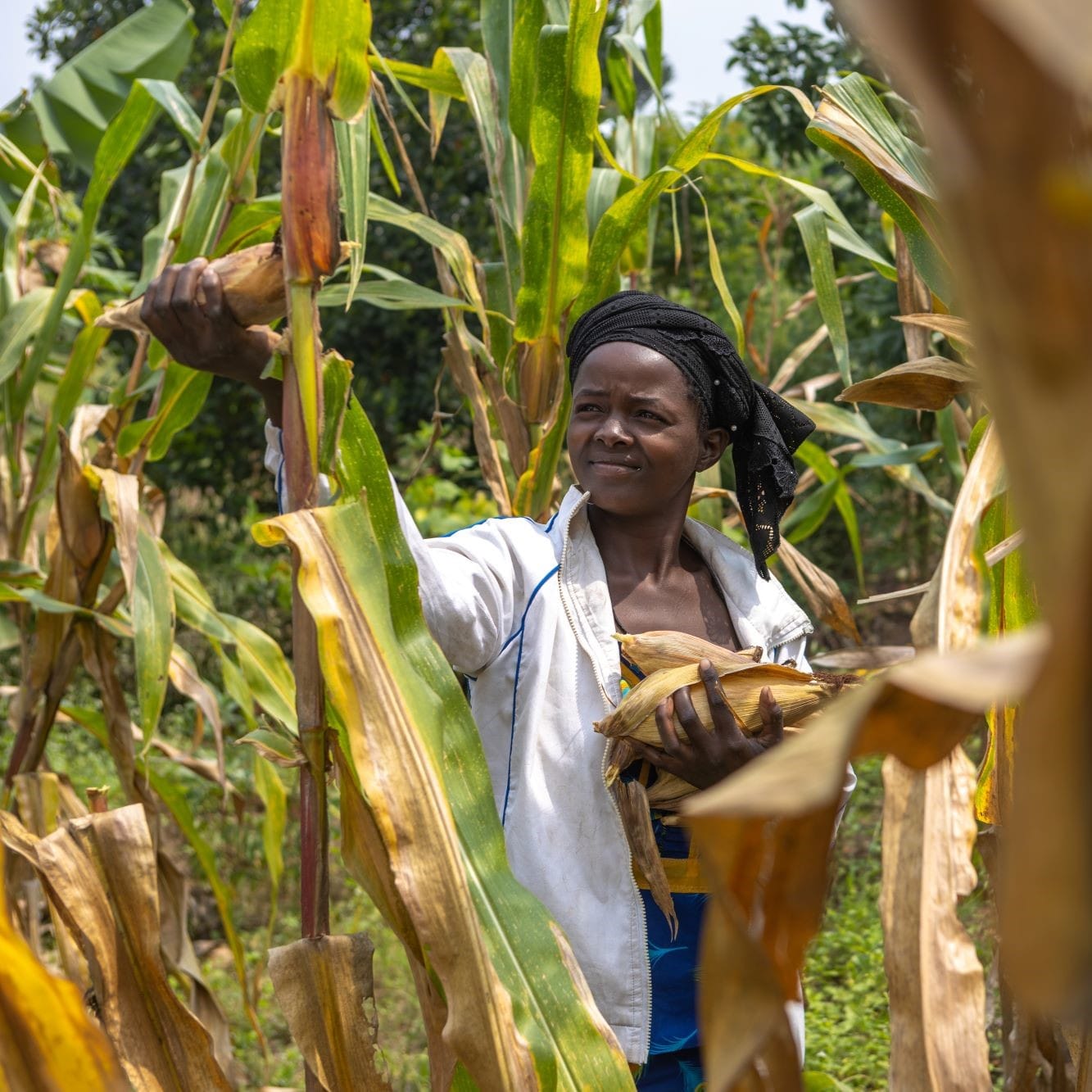John Leckie has almost 20 years of international project experience in Europe, Africa, Central and Southeast Asia, and South America. Recently named to lead DAI’s land tenure and property rights work, he sat down with Developing Alternatives to discuss DAI’s current and future land work.
How long have you been working in development?
“I studied development in the late 1990s and in 2000 I joined a natural resources management project in Tanzania with a company then called HTS Development—later to become HTSPE, before merging with DAI. This was the first step in a career which keeps presenting new and exciting challenges every day. I was lucky enough to be able to get straight into overseas project work and have spent almost all of my career working in the land tenure and property rights sector.”
What got you interested in land?
“Land rights are foundational to development work across many sectors. Having security of tenure can be an important step toward investment and economic growth, social harmony, natural resource conservation, and improved resilience. The interest for me is in being able to make a contribution across different sectors, and to see how improving security of tenure has a positive impact on individuals, communities, and the wider society.”
What has been the biggest game-changer in land rights work over the course of your career?
“When Rwanda was able to register more than 10 million parcels—the entire country—in three and a half years, at a cost of around $7 per parcel, it was a real paradigm shift in terms of understanding what is possible given the right investment and political buy-in. I was privileged to be part of that program and see firsthand the change in perspective about what is feasible, not just in Rwanda but globally.

Rwandan farmers fill in paperwork to register their land holdings.
“Rwanda is now considered a benchmark for large-scale registration, and work in the land sector continues to build on this approach. Our work on the Ethiopia LIFT Programme takes a similar methodology to that used in Rwanda, but on a larger scale across a decentralized federal system. On the Tanzania Land Tenure Assistance activity, we’re deploying USAID’s Mobile Application to Secure Tenure (MAST) application to show how we can build on emerging technology to streamline the registration process still further.
“Most important for me is the work we’re doing across our portfolio to improve how fair and accessible the registration process is and ensure it doesn’t exclude the most vulnerable groups.”
What are the next steps for the land practice at DAI?
“While Rwanda was disruptive in the sense that it challenged received wisdom regarding the reach and scale of land registration efforts, our work using market systems approaches is equally exciting because it’s about solving the remaining parts of the puzzle—how to realize the benefits of land reform and maintain security of tenure for future generations.
“DAI does land as a global practice, for multiple donors, and this gives us the opportunity to learn from various perspectives. Our partners may sometimes have different approaches and priorities, but when we share experiences, compare our ideas, and open ourselves to learning, we typically have a better shot at attaining our common objectives. We recently launched what we’re calling our Land Flagship Initiative to facilitate this kind of exchange—drawing on our professional experience delivering projects worldwide. We have several knowledge products in the works, rooted in practice and focused on concrete issues such as ensuring equitable access to land registration and providing incentives to land holders to formally register land transactions.”
Stay tuned.




